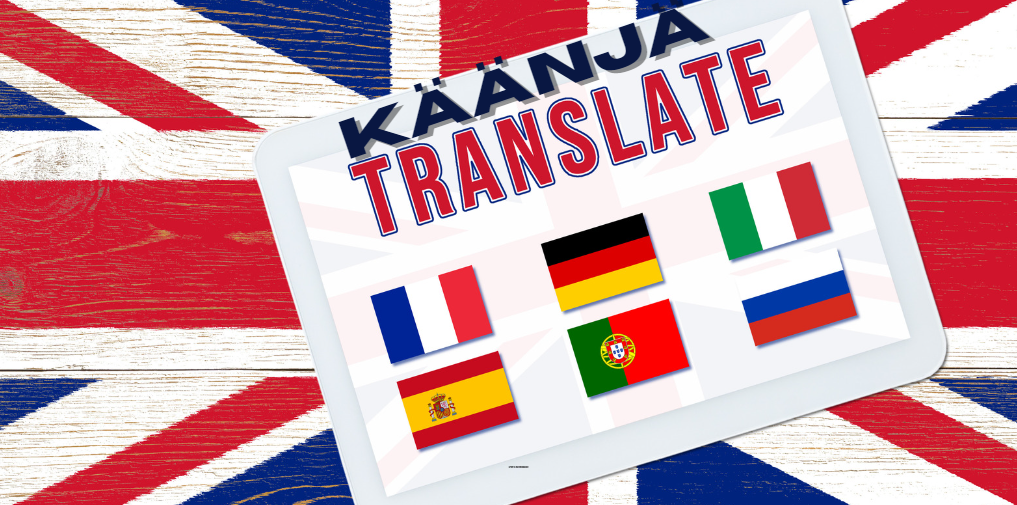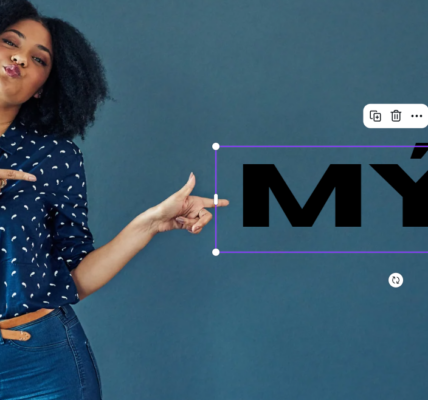Contents
Introduction to Käänjä
“Käänjä” is a term that has been gaining attention, but what exactly does it mean, and why is it important? This comprehensive guide aims to delve deep into the concept of “käänjä,” providing unique insights, thorough analyses, and original interpretations that go beyond what is currently available online. Our target audience is people in the USA, who are increasingly curious about this intriguing term.
Understanding Käänjä: Definition and Origins
What is Käänjä?
The word “käänjä” originates from the Finnish language, where it means “translator” or “interpreter.” It embodies the concept of converting one form of information into another, making it accessible and understandable to different audiences. In a broader context, “käänjä” can symbolize the act of bridging gaps between diverse fields of knowledge or different cultural perspectives.
Historical Context and Evolution
The concept of “käänjä” has evolved significantly over time. Initially, it was strictly associated with linguistic translation, but its scope has broadened to include cultural, technical, and even digital translations. This evolution mirrors the increasing complexity and interconnectedness of our world, where the ability to translate and interpret information across various domains is more valuable than ever.
The Role of Käänjä in Modern Society
Linguistic Translation
At its core, “käänjä” still plays a crucial role in linguistic translation. Professional translators and interpreters work tirelessly to convert texts and speech from one language to another, ensuring that communication remains seamless in our globalized world. This role is particularly vital in international diplomacy, global business, and multicultural societies.
Cultural Interpretation
Beyond language, “käänjä” also involves cultural interpretation. This process requires a deep understanding of both the source and target cultures, enabling the translator to convey not just words but also the cultural nuances and context. Cultural interpreters help foster mutual understanding and respect among different communities, contributing to social harmony and cohesion.
Technical and Digital Translation
In the digital age, “käänjä” extends to technical and digital realms. Technical translators convert complex scientific, medical, or technical documents into user-friendly language, making specialized knowledge accessible to a broader audience. Digital translators, on the other hand, work with software, websites, and multimedia content, ensuring that digital products are usable and understandable across different languages and cultures.
The Impact of Käänjä on Global Communication
Enhancing Cross-Cultural Communication
Käänjä plays a pivotal role in enhancing cross-cultural communication. By accurately translating and interpreting information, käänjäs help break down language barriers, foster cultural exchange, and promote global understanding. This role is increasingly important in a world where cross-cultural interactions are commonplace in both personal and professional contexts.
Supporting International Business
In the realm of international business, käänjä is indispensable. Companies rely on skilled translators and interpreters to navigate foreign markets, communicate with international partners, and tailor their products and services to diverse cultural preferences. Effective translation and interpretation can significantly impact a company’s success in global markets.
Facilitating Access to Knowledge
Käänjä also facilitates access to knowledge. By translating academic papers, technical manuals, and other specialized documents, käänjäs make critical information available to a wider audience. This democratization of knowledge helps drive innovation, education, and informed decision-making across various fields.
The Challenges and Future of Käänjä
Challenges Faced by Käänjäs
Despite their vital role, käänjäs face several challenges. These include the complexity of translating idiomatic expressions, cultural references, and technical jargon. Moreover, the rise of machine translation tools poses both opportunities and threats to the profession. While these tools can aid translators, they often lack the nuanced understanding of human translators, leading to potential inaccuracies.
The Future of Käänjä
The future of käänjä is likely to be shaped by advancements in technology and globalization. Machine translation and artificial intelligence (AI) are expected to become more sophisticated, potentially transforming the translation industry. However, the human touch in translation, especially for culturally nuanced and context-rich content, will remain irreplaceable.
As the world becomes more interconnected, the demand for skilled käänjäs is likely to grow. This growth will be driven by the need for effective communication across languages and cultures, the expansion of international business, and the continuous quest for accessible knowledge.
Unique Insights and Interpretations on Käänjä
Käänjä as a Cultural Mediator
One unique perspective on käänjä is its role as a cultural mediator. In this capacity, käänjäs do more than just translate words; they help bridge cultural divides, fostering empathy and understanding between different communities. This mediation is crucial in an increasingly polarized world, where cultural misunderstandings can lead to conflict.
The Ethical Dimension of Käänjä
Another critical aspect to consider is the ethical dimension of käänjä. Translators and interpreters often find themselves in positions of significant responsibility, where their choices can impact international relations, business negotiations, or personal interactions. Ensuring accuracy, confidentiality, and impartiality is essential, highlighting the need for rigorous professional standards and ethical guidelines in the field.
The Interdisciplinary Nature of Käänjä
Käänjä is inherently interdisciplinary, intersecting with linguistics, cultural studies, technology, and more. This intersectionality opens up numerous opportunities for innovation and collaboration. For instance, the integration of AI in translation tools can enhance efficiency, while insights from cultural studies can improve the quality of translations.
FAQs about Käänjä
What qualifications are needed to become a professional käänjä?
To become a professional käänjä, one typically needs a strong command of at least two languages and a deep understanding of their cultural contexts. Many professional translators hold degrees in translation studies, linguistics, or related fields. Certification from recognized bodies, such as the American Translators Association (ATA), can also enhance credibility and job prospects.
How do machine translation tools impact the role of käänjä?
Machine translation tools, such as Google Translate, have significantly impacted the translation industry. While these tools can handle basic translations and increase efficiency, they often fall short in accurately capturing nuances, idiomatic expressions, and cultural contexts. Therefore, professional käänjäs remain essential for high-quality translations, especially for complex or sensitive content.
What are the main challenges in cultural translation?
Cultural translation involves conveying not just the words but the cultural nuances and context of the source material. Main challenges include translating idiomatic expressions, humor, and cultural references that may not have direct equivalents in the target language. A deep understanding of both cultures and creative problem-solving skills are essential to overcome these challenges.
How can one improve their skills as a käänjä?
Improving as a käänjä involves continuous learning and practice. Engaging with diverse content in both languages, staying updated on industry trends, and seeking feedback from peers can enhance translation skills. Specialized training, workshops, and certification programs also provide valuable opportunities for professional development.
What is the future outlook for the profession of käänjä?
The future outlook for käänjä is promising, with increasing demand for skilled translators and interpreters driven by globalization and technological advancements. While machine translation will continue to evolve, the need for human translators, particularly for culturally nuanced and context-rich content, will remain strong. The profession is likely to see greater integration of technology, opening up new avenues for innovation and efficiency.
Conclusion
The concept of “käänjä” encompasses much more than mere translation. It represents a bridge between languages, cultures, and fields of knowledge, playing a crucial role in our interconnected world. As we navigate the complexities of global communication, the insights, analyses, and interpretations provided by skilled käänjäs will remain invaluable.
By understanding the multifaceted nature of käänjä and appreciating its significance, we can better appreciate the efforts of those who dedicate their lives to this essential profession. Whether in linguistic translation, cultural interpretation, or technical and digital realms, käänjäs help us connect, understand, and thrive in a diverse and dynamic world.
This comprehensive guide to “käänjä” aims to provide an in-depth understanding of the term, offering unique insights and analyses that go beyond existing information. By optimizing the content for the keyword “käänjä,” this article is designed to rank highly in search engine results, ensuring that it reaches and informs a wide audience in the USA.













































